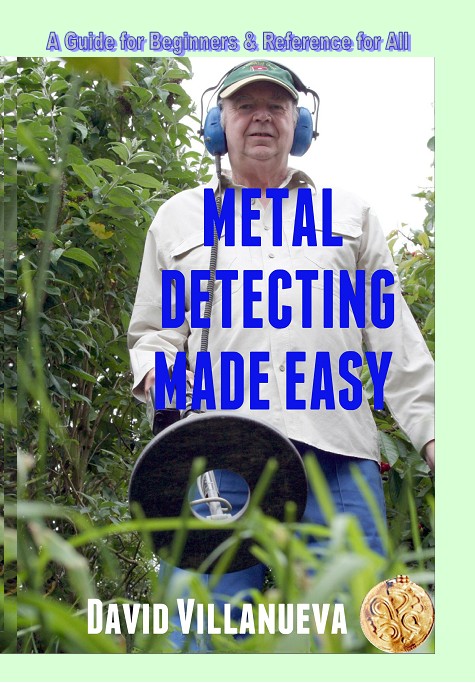
NEW BOOK
Metal detecting is a very rewarding hobby in more ways than one. Just swinging a detector on a warm sunny day in pleasant surroundings is a real pleasure in itself. Not only is there the prospect of making a major find in amongst the interesting coins and artifacts you will uncover but the hobby's many benefits include anticipation of the unknown, collecting, education, exercise, excitement, family involvement, fun, new friends. And history – like it was never taught in school!
Over thousands of years, literally many millions of coins and metal artefacts have been lost, mislaid or buried on land and beaches and in rivers and the sea. Armed with a metal detector you can bring history to life. Perhaps you will discover a roman brooch in your back yard or a Piece of Eight, on a beach, from a Spanish wreck or over a thousand Saxon gold and silver artifacts in a farmer's field, like Terry Herbert, who found the famous UK Staffordshire Hoard. And even a humble find can lead to an exciting quest of discovery as to what it is, what it was used for, who owned it and why it was where you found it.
Metal detecting is one of the greatest hobbies suitable for either sex of any age from three to 113, with the very real possibility that at any moment you can change history, or even your life, forever.
However, unless you are extremely lucky, you are unlikely to beg, borrow or buy a metal detector and start making great finds with it from day one -- you need to know a few things first. That is the purpose of this manual -- to show you what equipment you need, how and where to use it and how to overcome any obstacles along the way. And much, much more...
It is not rocket science and with guidance from a detectorist with over 40 years experience in the hobby, you will become a successful metal detectorist in no time.
CONTENTS INCLUDE:
The Basics - What You Need to Know
Code of Practice for Responsible Detecting in England and Wales
Treasure Law
The Treasure Act in England and Wales
Organisations, Clubs and Magazines
-
Includes Worldwide contacts.
Equipment:
Metal Detectors and Search Heads
-
How to choose the right metal detector for you.
Accessories
-
You will also need a digging tool at least and there are a number of other accessories that will improve your detecting experience.
How to Use a Metal Detector
-
Like any tool or instrument you need to know how to use it to get the best out of it.
Gaining Search Permission
-
The find of a lifetime starts with gaining search permission. Here you will find the easy painless approach.
Search Agreement
How and Where to Search
-
If you habitually search where nothing much ever happened then you can expect your finds bag to contain nothing much!
Water Sites
Farmland and Other Inland Sites
Research
-
The number one secret to successful treasure hunting.
Identification of Finds
-
How not to gain the reputation of being the twit who sold a $1000 find for a $1.
Cleaning and Conservation
-
Looking after your finds and cleaning them safely, without wrecking them.
Cleaning Finds
Dowsing
-
How to multiply your finds rate without really trying.
Bibliography and Resources
(True Treasure Books, 2014) Soft Cover, 54 black and white illustrations, A5 size (210mm x 146mm or 8.25 inches x 5.75 inches), 128 pages. ISBN 978-0-9550325-7-8
Printed Book £5.47 + shipping. E-book £2.97



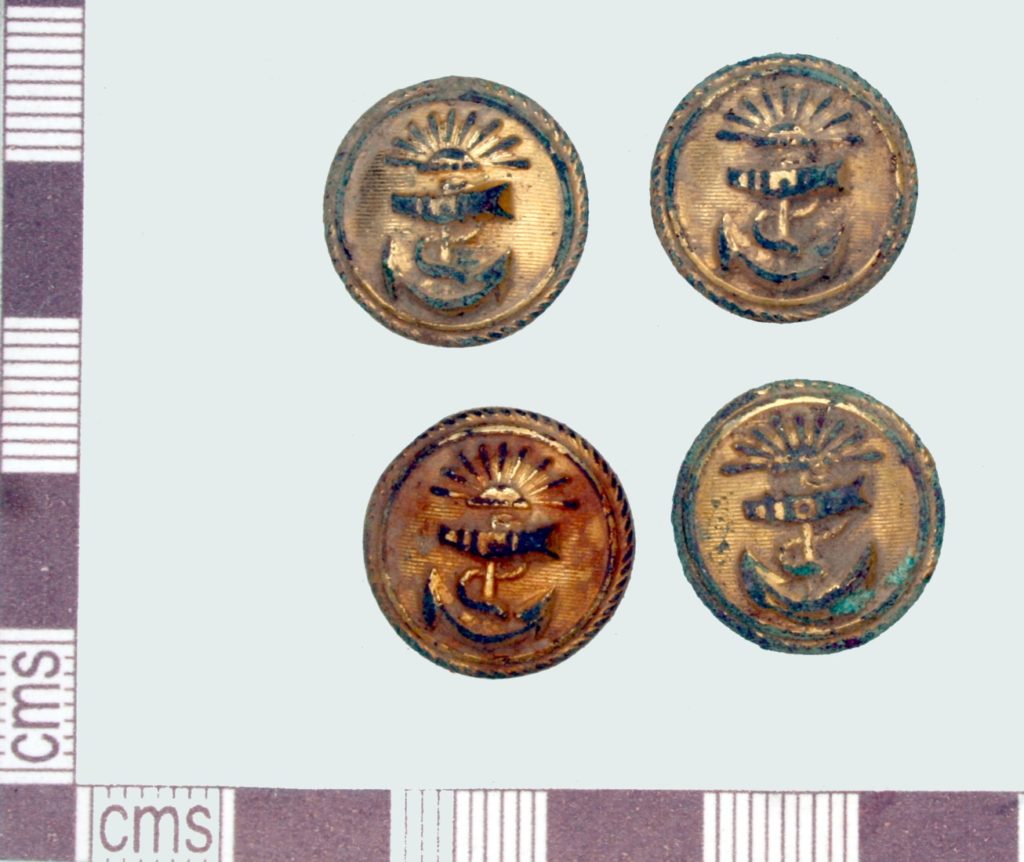



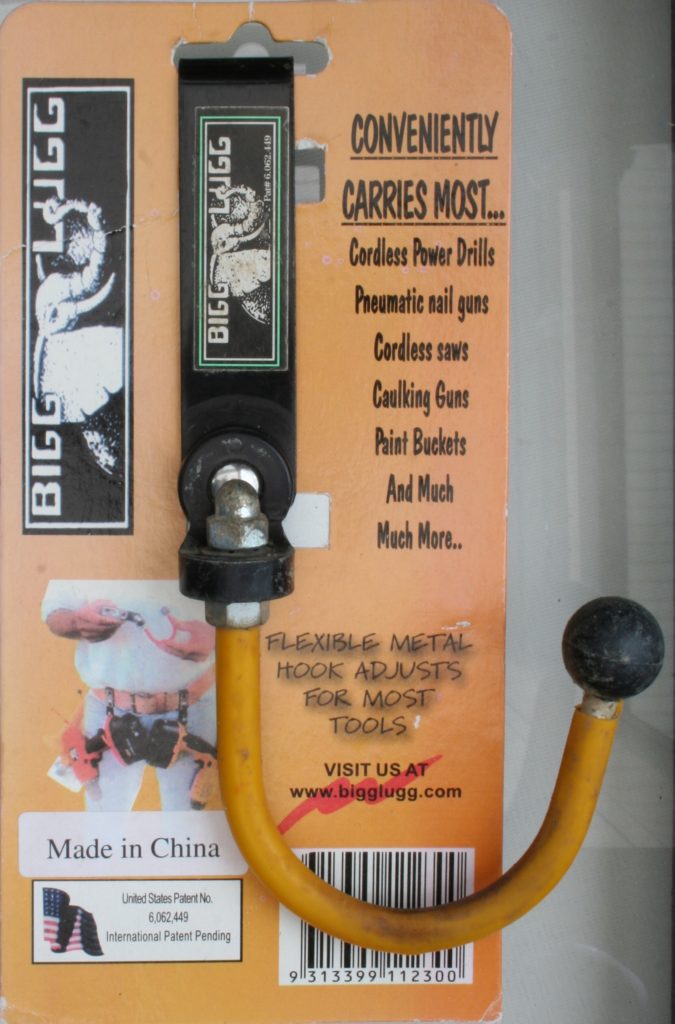

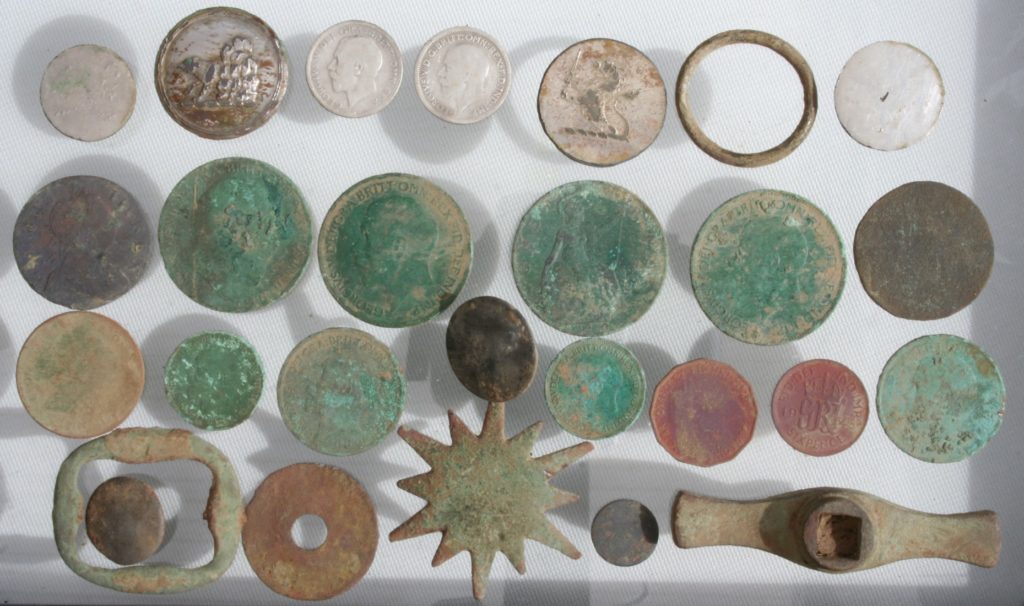
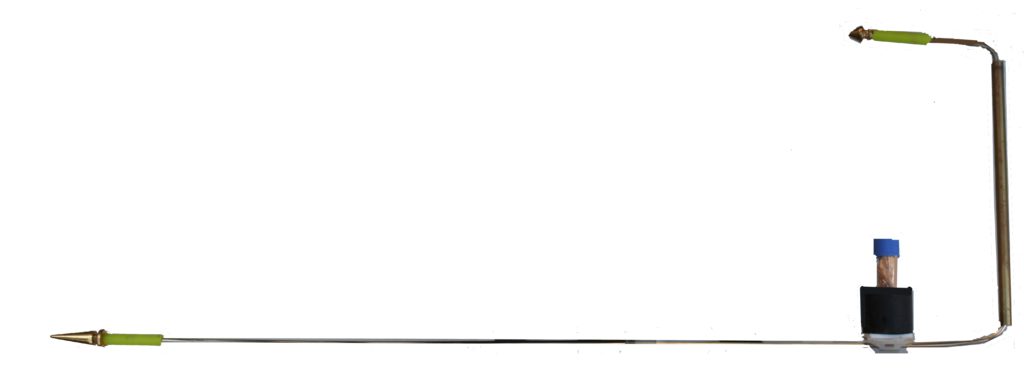
Recent Comments